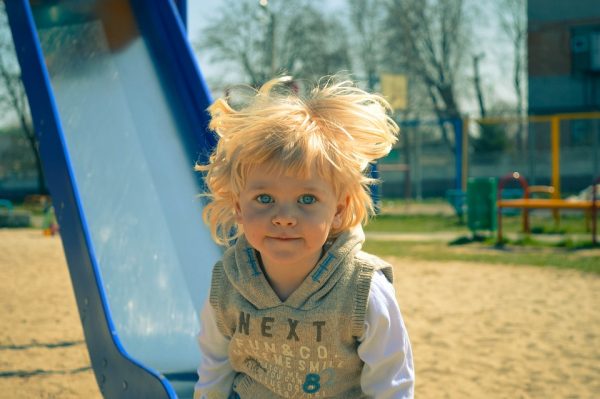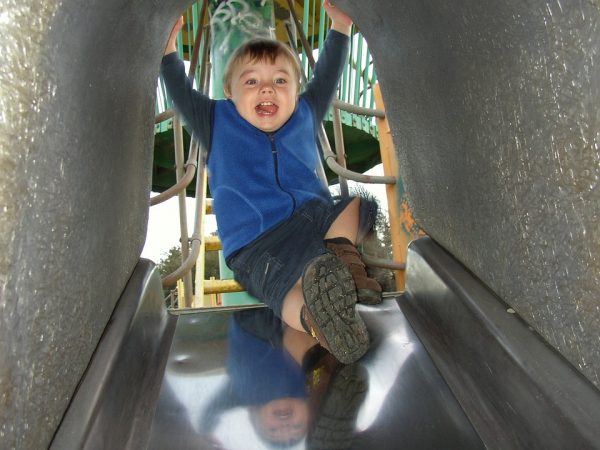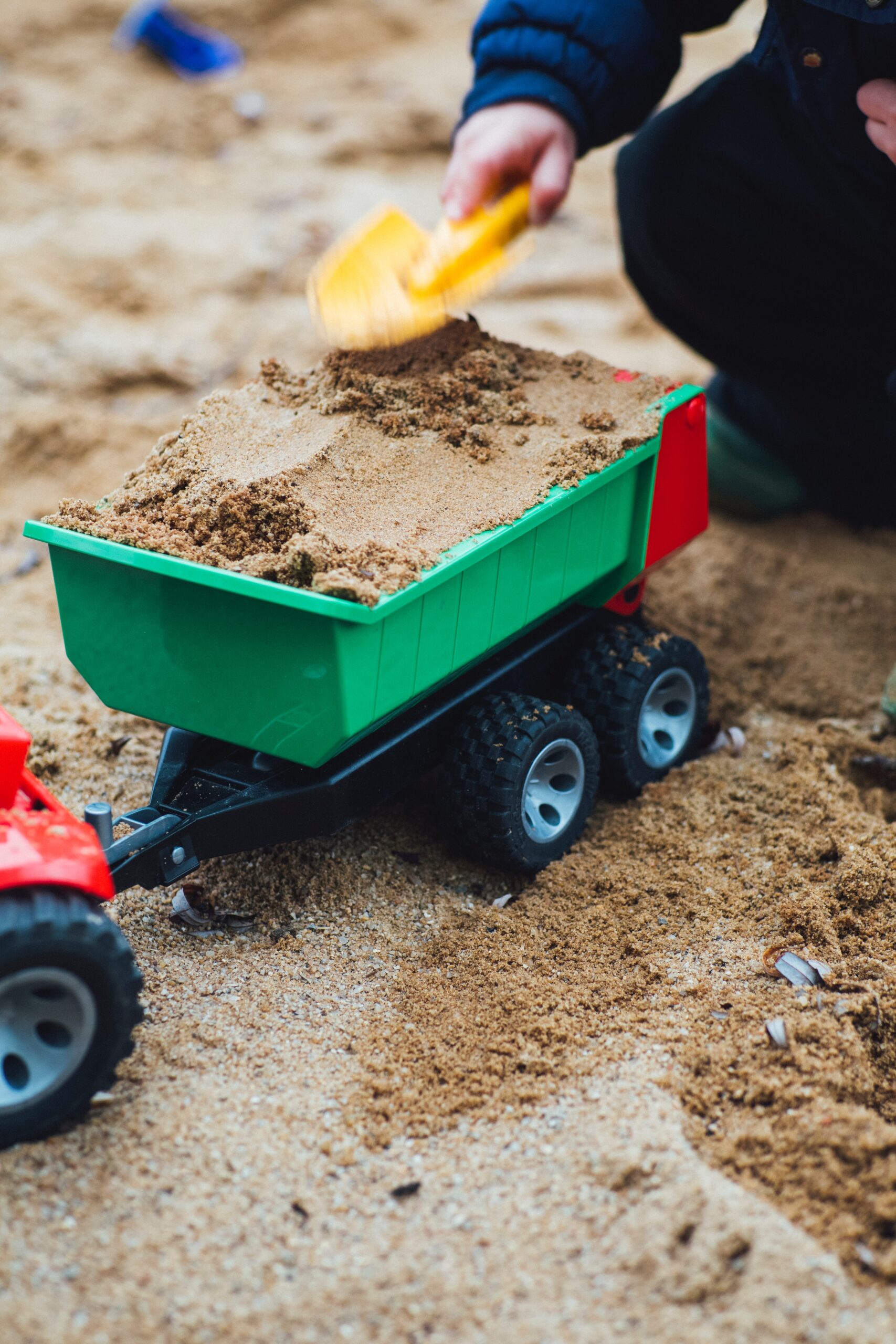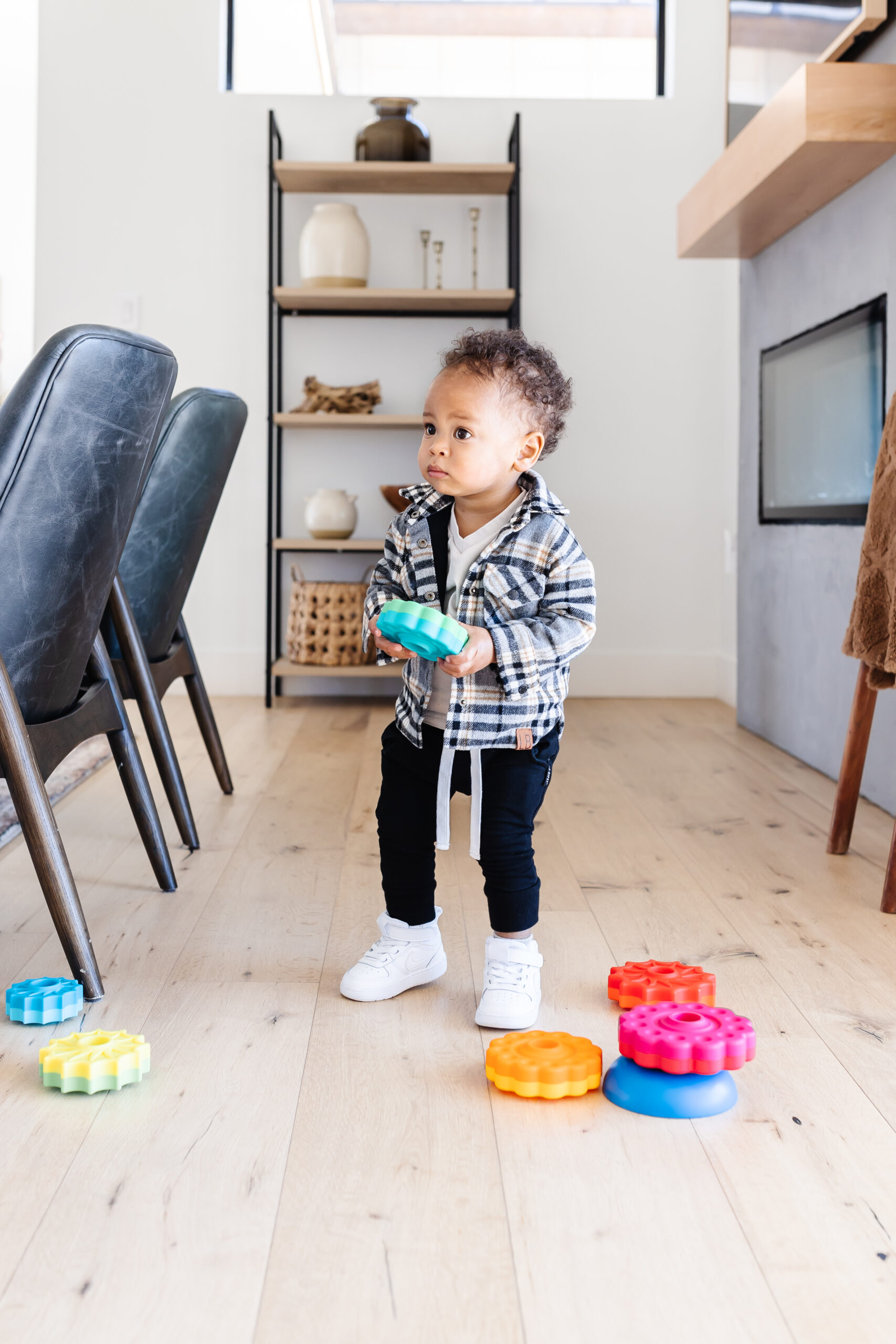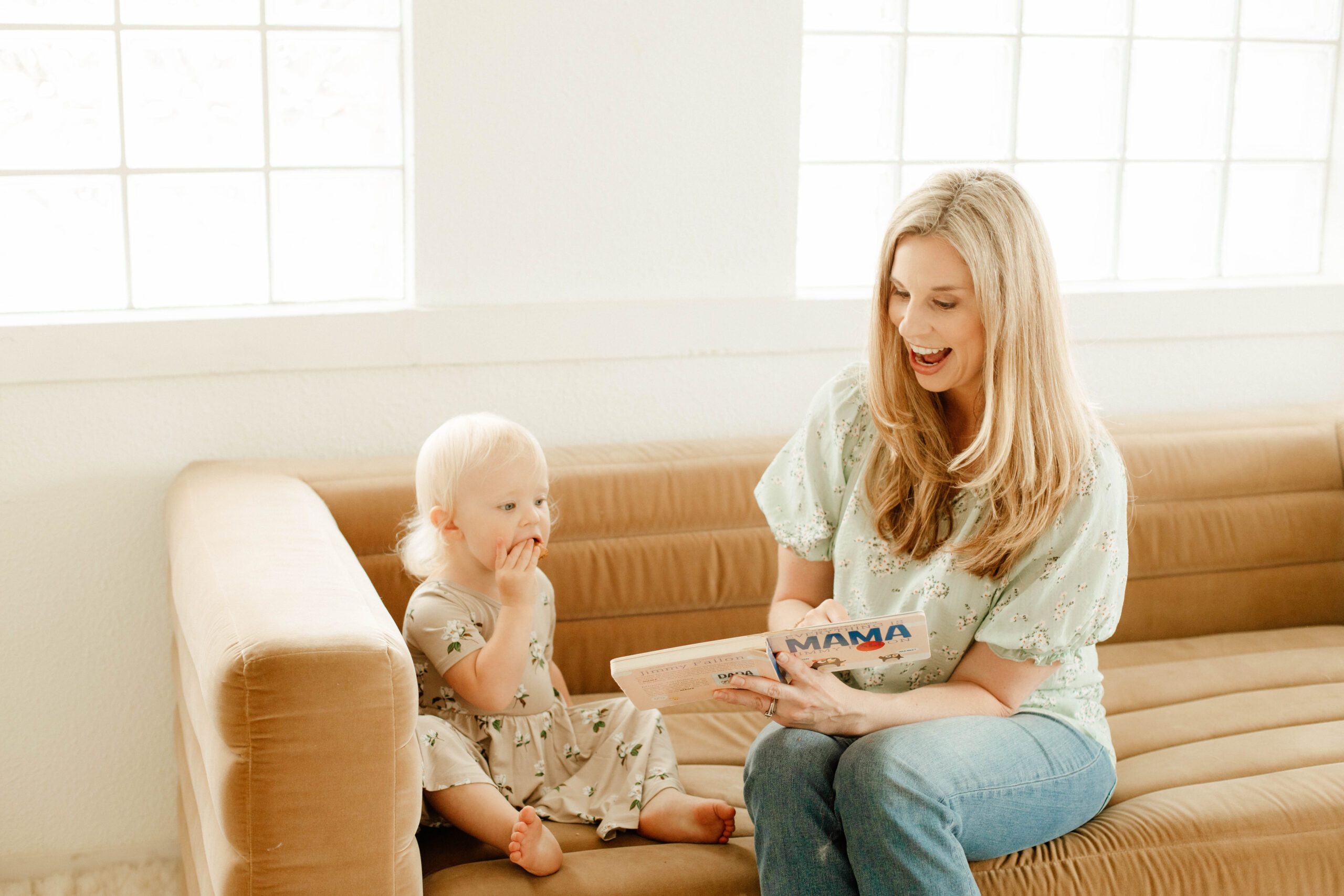Preschool Speech Therapy
As a Pediatric Speech Pathologist who sees children in their homes and preschools, I see the many benefits of seeing children in their natural environment. While working with children in their classrooms has its challenges, it provides wonderful opportunities for working on speech and language skills, especially social communication!
Working with preschoolers in their schools requires a little extra creativity. Here’s how I do it in one of my favorite locations for therapy…the playground!
- Follow their lead: Whatever a kiddo is interested in, I follow them. I use whatever is available as our jumping off point for play. If a kiddo needs help initiating play, I may provide suggestions. For example, if they are in the sandbox, I might suggest, “Let’s make a cake!” If a child is on a wooden platform, I might ask, “Where are we driving…to the zoo or the beach?”
- Share an imagination: Once we establish our play scheme, we can really target play and social skills. Sharing an imagination (a term coined by Social Thinking) is a foundational skill for more mature, cooperative play. By modeling, I can scaffold the play using my language and gestures. For example, if we decide we are going to the zoo, I may start by pointing and saying, “Look! I see a giraffe!” If other children are around, we invite them into the play. This provides peer models and creates opportunities for social communication. It also creates a learning opportunities for initiaing play with peers.
- Use objects symbolically: I use whatever items are around and incorporate them into to the play. I might put a few sticks into a bucket of sand and say, “Here are the birthday candles!” Simply using your imagination and saying, “This is the ____” can change it into something else. This adds vocabulary and depth to the play. It also shows children how to use objects symbolically and think flexibly, an important skill for executive functioning.
- Narrate the play: Using language, we can scaffold (support) more mature and multi-step play. I may start by saying, “I’m putting eggs into our cake!” After we take turns adding ingredients, I may say “I’m putting it in the oven!” while setting it on ledge. Then, “The birthday cake is ready! Whose birthday is it?” I can also incorporate goals such as object functions (“We need to bake our cake. What do we need?”), problem-solving (“It’s too hot. What should we do?”), wh questions (“We need more eggs. Where should we go?”) and prepositions (“Do we put it on the oven or in the oven?”)
- Embed speech/language goals: I model the child’s speech/language goal in my own speech. For example, if a kiddo is working on past tense, I model, “I poured the milk in our cake.” “I poured the eggs in.” Throughout our play, I utilize expansions (adding information to what they said) and recasts (repeating what the child said back to them with correct grammar). If we are working on generalization of a speech sound, I embed that as well. For example, if we are working on the /k/ sound, I may suggest a camping theme and provide opportunities to say that sound (“Let’s go camping! I’m packing bug spray. What are you going to pack?”)
- In the moment coaching – While engaging in play with peers, opportunities for negotiation and problem-solving are bound to arise. These are excellent moments for teaching these critical social skills. During these moments, I’m not telling kids to “Use their words” (Read why I don’t use this phrase here). Instead, I am coaching them through the moment. I may teach kids how to choose who goes first with “Eenie Meanie Miney Mo” or teach them someone can go first and then “swap.” If we have props, I use these to support turn-taking. For example, the person who is wearing the
“birthday hat” (bucket, etc.) is the person whose birthday it is, and then we swap. The age, maturity, and self-regulation skills of the child I am working with determines how much and the type of support I am giving them.
Working with children in their natural environment provides many wonderful opportunities for working on speech and language skills in an engaging and meaningful context. It just requires a little imagination and creativity (and a little sand in your shoes!)
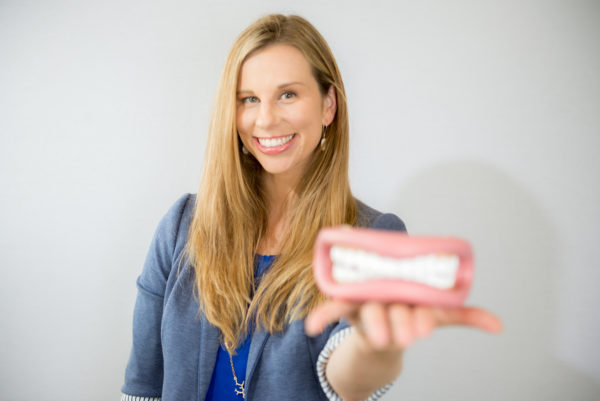 Brooke Andrews, M.A. CCC-SLP is owner of The Speech Dynamic and offers speech therapy in homes and schools across Houston. Brooke specializes in speech and language development to toddlers and preschoolers and provides in-home speech therapy to families in Houston.
Brooke Andrews, M.A. CCC-SLP is owner of The Speech Dynamic and offers speech therapy in homes and schools across Houston. Brooke specializes in speech and language development to toddlers and preschoolers and provides in-home speech therapy to families in Houston.

